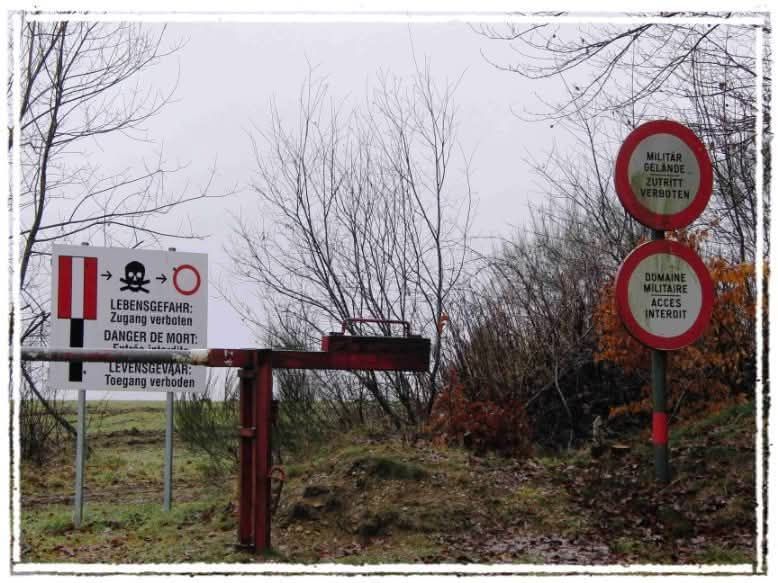Belgium’s defence authorities have opened an inquiry after around 15 unidentified drones were detected in the early hours of Friday above the Elsenborn military training area in the country’s east.
The drones were picked up at approximately 01:45 during a routine test of surveillance equipment at the site, which lies within Belgium’s German-speaking Community and spans roughly 28 square kilometres.
A Defence Ministry spokesperson confirmed an investigation into “several drones” flying over Elsenborn overnight, describing the incident as the first of its kind acknowledged by the department. Officials have not disclosed the drones’ type, altitude, or origin, and no group has claimed responsibility.
Local media accounts said the aircraft were detected by chance during systems testing rather than during a targeted patrol. The base primarily functions as a live-fire training camp used by the Belgian Army. Authorities have not publicly stated whether counter-UAS measures were deployed or whether any of the drones were tracked beyond the base perimeter.
The reported incursion in Belgium coincided with separate drone sightings that temporarily halted operations at Munich Airport on Thursday night. Airport authorities said initial reports came at about 21:05 local time near the perimeter, with a first on-site sighting at 22:10; both runways were then closed from 22:35 as a precaution. By midnight, the sightings had ceased, with 17 flights cancelled and 15 diverted before operations resumed in the early hours of Friday. Police said the drones’ size and type could not be verified in darkness.
The Munich disruption is the latest in a series of drone-related incidents affecting European airspace in recent weeks. Authorities in Denmark and Norway have reported activity that prompted temporary flight suspensions, while governments in Estonia and Romania have also investigated suspected airspace violations. Officials across the bloc have refrained from assigning public blame for specific incidents, though the pattern has intensified political debate.
European Union leaders, meeting in Copenhagen this week, expressed broad support for building a layered “drone wall” along parts of the bloc’s eastern frontier after a series of incursions and related disruptions. The European Commission has characterised recent violations as part of hybrid tactics and called for a coordinated response combining detection, jamming and, where legal frameworks permit, neutralisation measures. Detailed technical and legal proposals remain under development and would require national implementation.
Belgium’s investigation at Elsenborn forms part of a wider security reassessment across NATO states neighbouring Russia and Ukraine. Defence planners are examining options ranging from fixed acoustic and radar sensors to mobile platforms and rapid-response teams at sensitive sites, including airports, energy facilities and military ranges. Analysts caution that attribution in drone incidents is often difficult, particularly when devices are small, commercially available, and operated at night.
Moscow has rejected suggestions of Russian involvement in recent European airspace incidents. European and national officials have said publicly that evidence linking specific events to any state actor has not been presented, and investigations remain open. In Germany, federal and state authorities said they were working with aviation safety bodies and police to refine response protocols after the Munich closures.
In Belgium, officials did not report injuries, damage, or interruptions to scheduled training at Elsenborn following the overnight detections. The Defence Ministry has not indicated whether it will release radar tracks or imagery as part of its inquiry. Any findings are likely to feed into discussions among EU interior and defence ministers on cross-border information-sharing and the legal thresholds for drone interception over civilian and military sites.
Elsenborn’s location near the German border has prompted questions about possible cross-border flight paths. However, Belgian and German authorities have not confirmed the drones’ launch points or operators. International civil aviation rules and national security legislation restrict unmanned flights in controlled and prohibited zones; in practice, enforcement depends on rapid detection, classification, and the availability of approved countermeasures on site.


